(410) I walked along Tsukuba-michi (1)
文字数 3,396文字
In "chapter 397, I introduced the entrance to Tsukuba-michi (the approach to Tsukuba-san Shrine). This road, Tsukuba-michi, also serves as Ibaraki Prefectural Route 139.
In 1626, during the reign of the third shogun, Tokugawa Iemitsu, a route was built to transport materials from Hojo (北条) through Kangori (神郡) to Tsukuba for the construction of temples and shrines at Chuzenji Temple on Mt. Tsukuba. This road became "Tsukuba-michi". Tsukuba-michi still retains the scenery of the Edo period, such as signposts and rows of houses built with earthen storehouses, and has been selected as one of Japan's top 100 roads.
From the entrance of Tsukuba-michi in Hojo city, if you proceed along Tsukuba-michi, there is a series of small ups and downs for 2.5km to Kangori (神郡) and Usui(臼井). I previously introduced Kangori and Usui in chapter 355” Firefly Hunting (2)".
After passing Usui, the Tsukuba-michi begins a 1.6km climb to Tsukubasan Shrine.
500m past Usui, at an altitude of 114m, is the “first torii gate at Ropponmatsu (6-chome Torii)”, built in 1759. The area above this torii gate is supposed to be a sacred precinct, and during the “Ozakae Festival(御座替祭)'', a mikoshi (portable shrine) descends to this torii gate. The Tsukuba-michi above this torii gate used to have stairs, but it has now been renovated into a slope that cars can pass through.
If you proceed 300m further, at an altitude of 164m, Ibaraki Prefectural Route 139 diverges from Tsukuba-michi.
If you go straight at the fork and follow Tsukuba-michi for 300m, you’ll find the former Tsukubasan Post Office.
Near the former post office, there is a former inn called Okoshi-tei(大越邸, Okoshi residence).
On the Tsukuba-michi in front of the Okoshi residence, the stairs have been renovated into a slope, and cars can pass through.
These two buildings (the former post office and inn) were open to the public during the 2023 Mt. Tsukuba Foothills Autumn Festival from Oct. 28th to Nov. 5th, so we went to see them.
In this chapter, I’ll introduce the former Tsukubasan Post Office. It was built in 1932 and retired in 1975. But it was restored in 2008 by students from the University of Tsukuba and local residents.

① I’ve come to Tsukuba-michi.
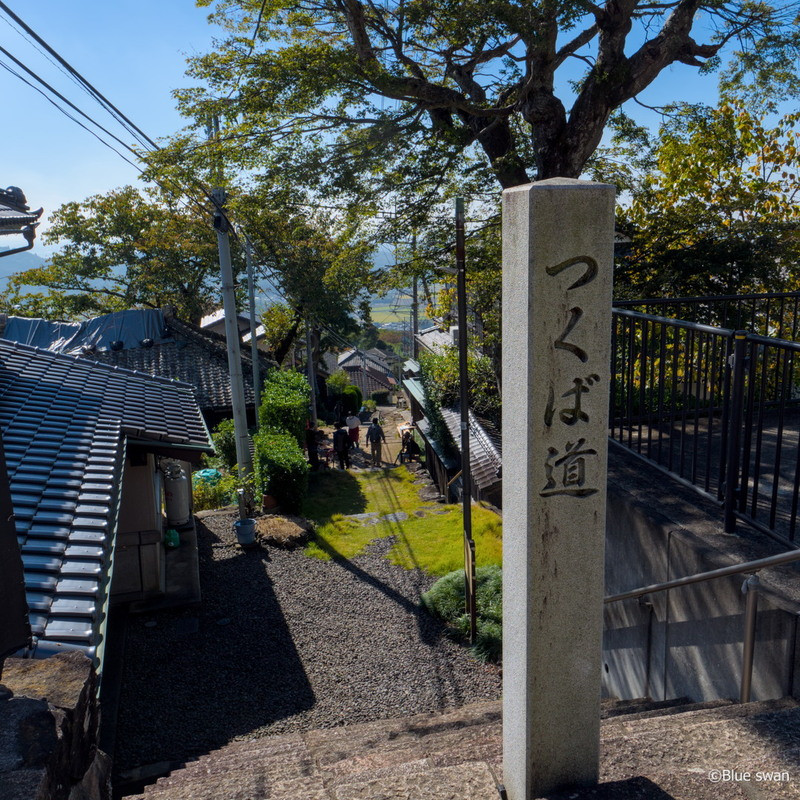
② The Tsukuba-michi around here has steep stairs.

③ I’m walking along Tsukuba-michi on my own. However, the stairs are so steep that I can't go up and down them, so I’ll ask Mom to carry me.

④ The former Tsukubasan Post Office has come into view.
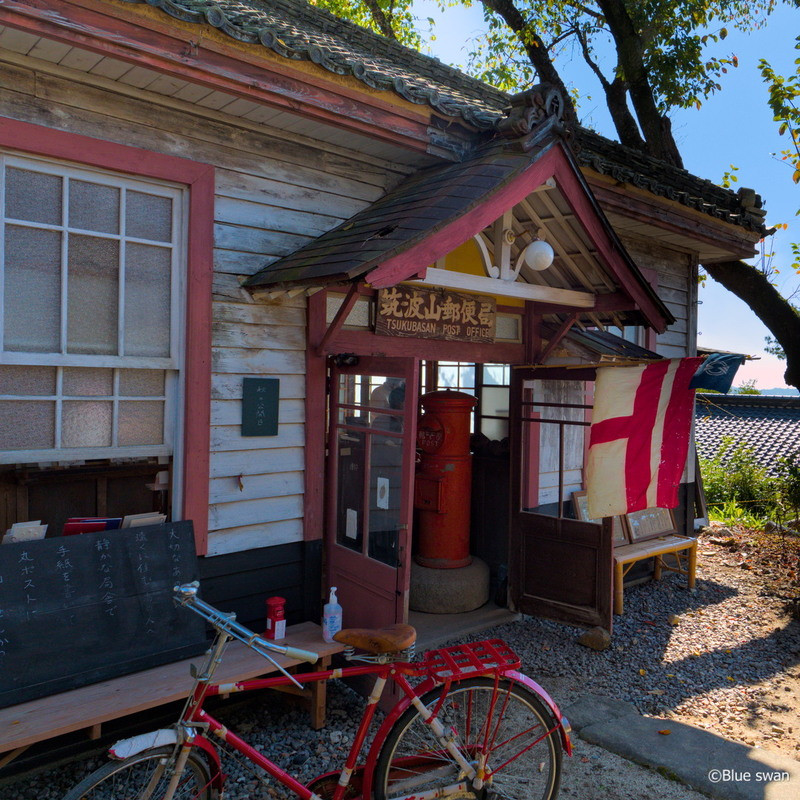
⑤ This is the entrance to the post office. You can see a round orange mailbox.

⑥ I am at the entrance of the former post office.
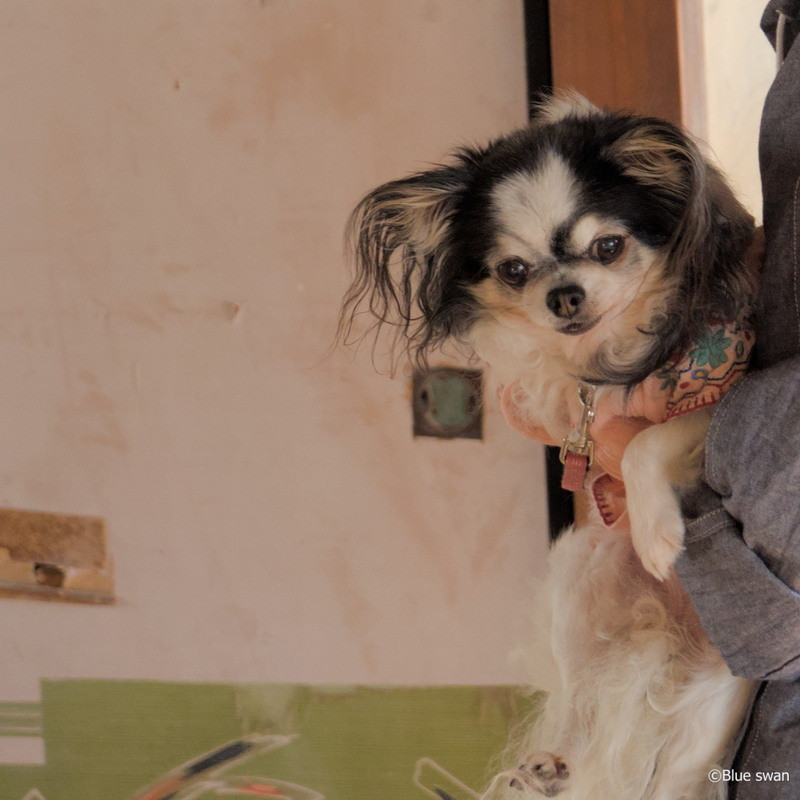
⑦ I am being held by Mom and am touring the post office.
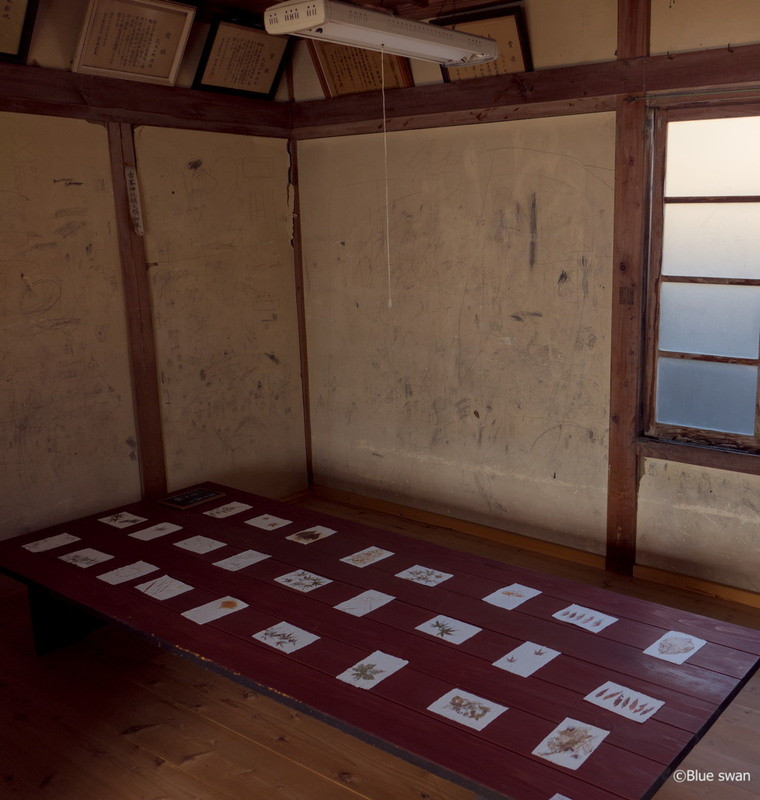
⑧ This is the night shift room.
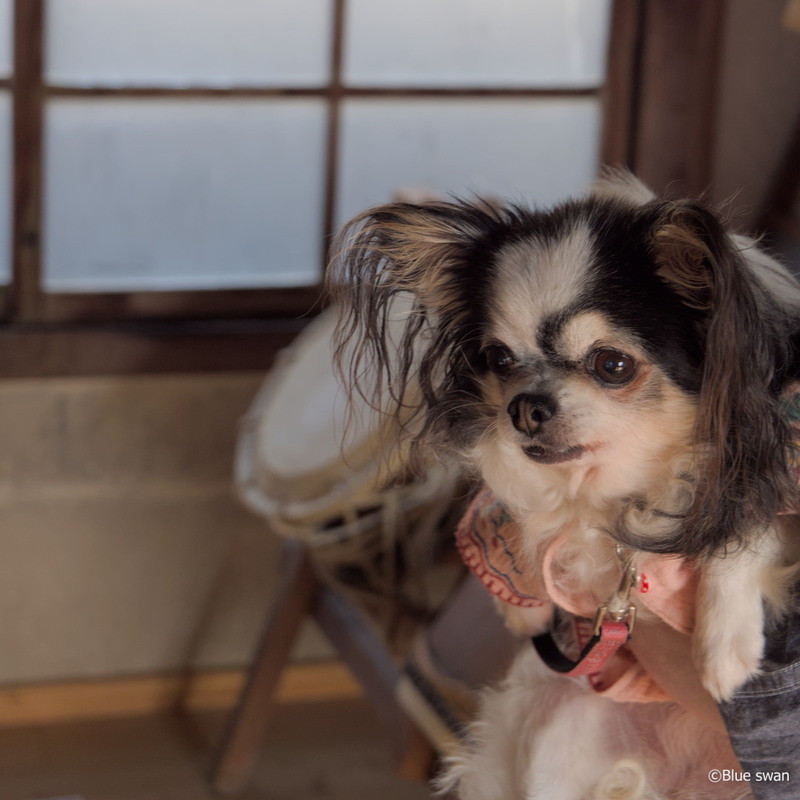
⑨ I am in front of the drums in the night shift room. Were the drums used as alarm clocks?
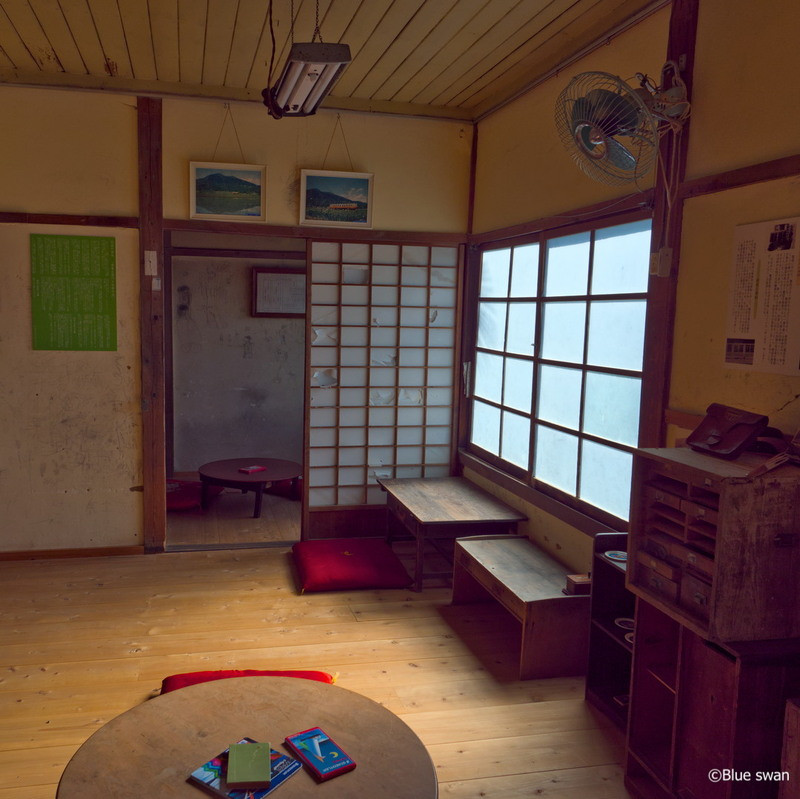
⑩ This is a telephone operators’ room. The shelf on the right is from that time. You can see the nap room in the back. In the old days, the post office also served as a telephone office.

⑪ I am in front of the shelf in the telephone operators’ office. Thirteen people (9 of whom were women) worked as telephone operators.
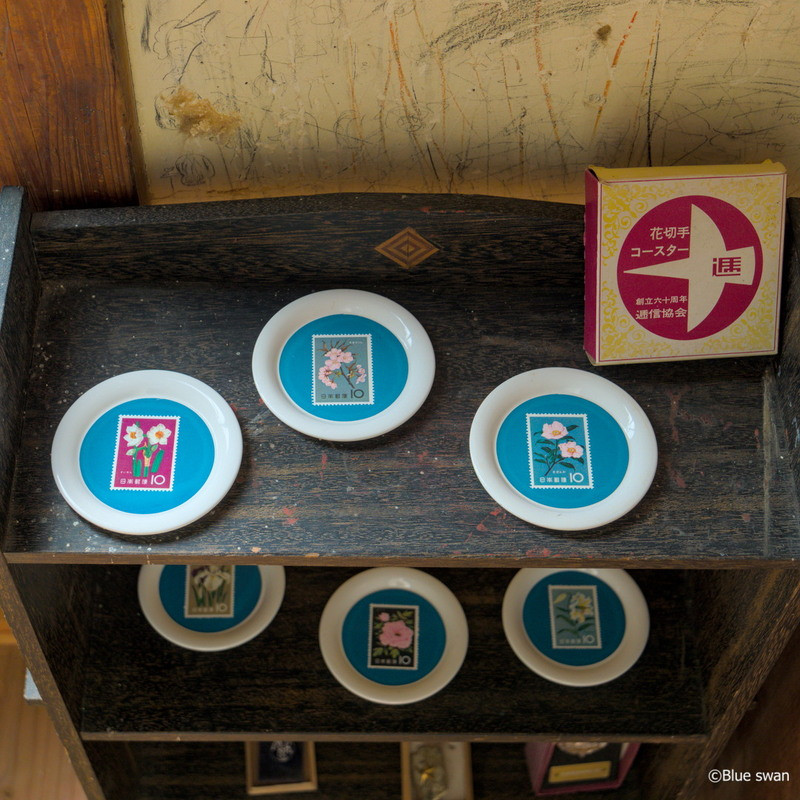
⑫ These are coasters with stamp designs.
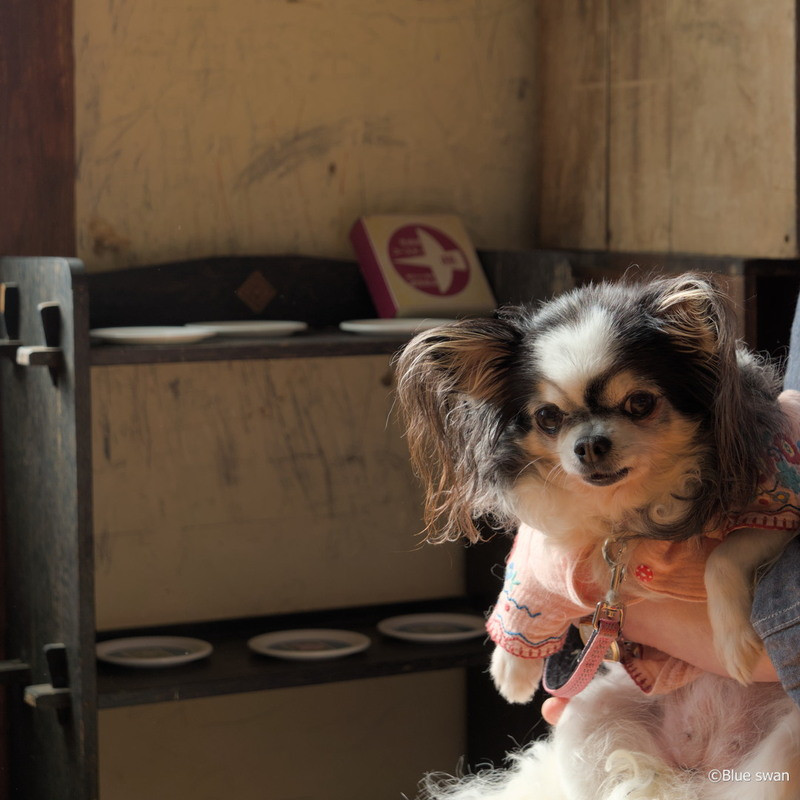
⑬ I like the coasters.
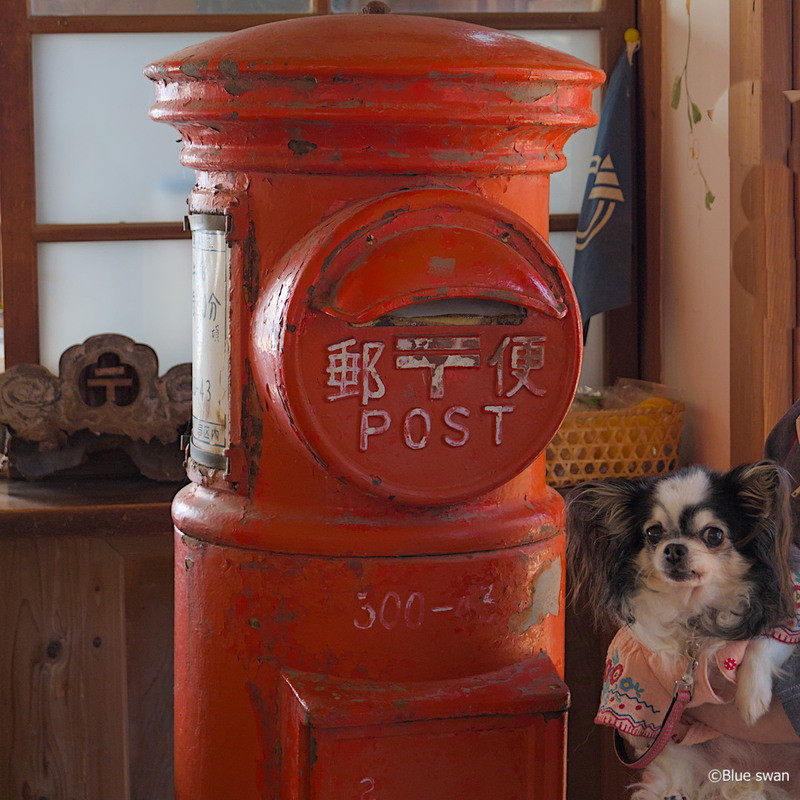
⑭ I had a commemorative photo taken in front of the old mailbox.
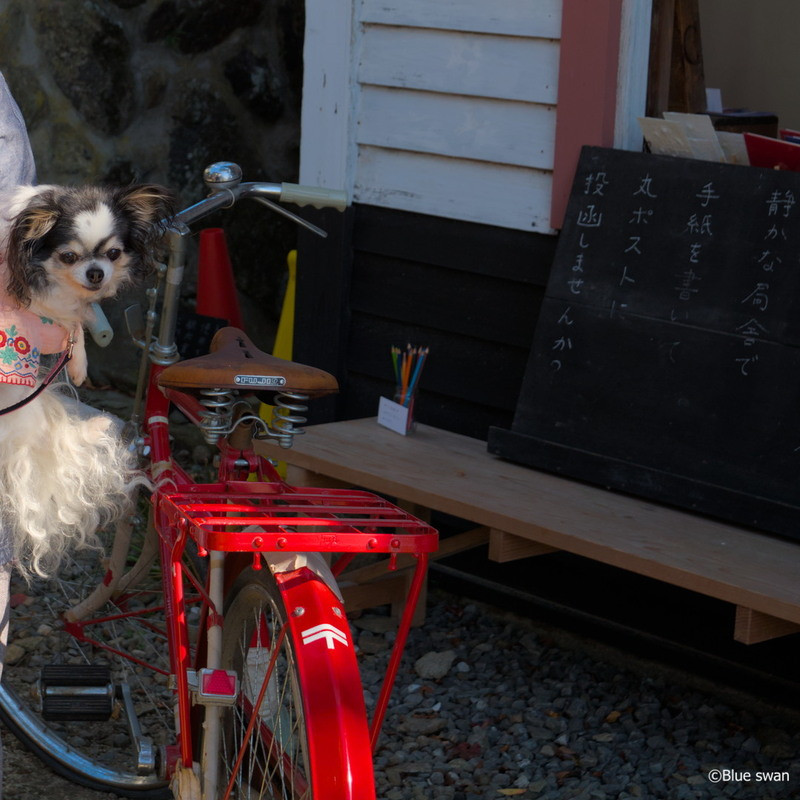
⑮ This is a red bicycle that was used to deliver mail in the past.
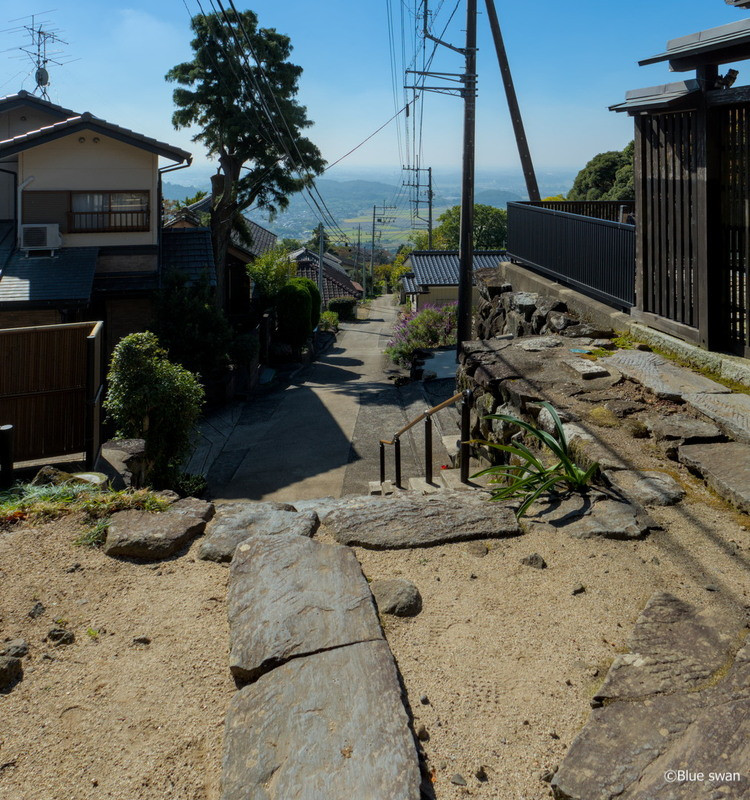
⑯ Now, we’ll go down Tsukuba-michi and head towards the former inn called Okoshi residence.
In 1626, during the reign of the third shogun, Tokugawa Iemitsu, a route was built to transport materials from Hojo (北条) through Kangori (神郡) to Tsukuba for the construction of temples and shrines at Chuzenji Temple on Mt. Tsukuba. This road became "Tsukuba-michi". Tsukuba-michi still retains the scenery of the Edo period, such as signposts and rows of houses built with earthen storehouses, and has been selected as one of Japan's top 100 roads.
From the entrance of Tsukuba-michi in Hojo city, if you proceed along Tsukuba-michi, there is a series of small ups and downs for 2.5km to Kangori (神郡) and Usui(臼井). I previously introduced Kangori and Usui in chapter 355” Firefly Hunting (2)".
After passing Usui, the Tsukuba-michi begins a 1.6km climb to Tsukubasan Shrine.
500m past Usui, at an altitude of 114m, is the “first torii gate at Ropponmatsu (6-chome Torii)”, built in 1759. The area above this torii gate is supposed to be a sacred precinct, and during the “Ozakae Festival(御座替祭)'', a mikoshi (portable shrine) descends to this torii gate. The Tsukuba-michi above this torii gate used to have stairs, but it has now been renovated into a slope that cars can pass through.
If you proceed 300m further, at an altitude of 164m, Ibaraki Prefectural Route 139 diverges from Tsukuba-michi.
If you go straight at the fork and follow Tsukuba-michi for 300m, you’ll find the former Tsukubasan Post Office.
Near the former post office, there is a former inn called Okoshi-tei(大越邸, Okoshi residence).
On the Tsukuba-michi in front of the Okoshi residence, the stairs have been renovated into a slope, and cars can pass through.
These two buildings (the former post office and inn) were open to the public during the 2023 Mt. Tsukuba Foothills Autumn Festival from Oct. 28th to Nov. 5th, so we went to see them.
In this chapter, I’ll introduce the former Tsukubasan Post Office. It was built in 1932 and retired in 1975. But it was restored in 2008 by students from the University of Tsukuba and local residents.

① I’ve come to Tsukuba-michi.

② The Tsukuba-michi around here has steep stairs.

③ I’m walking along Tsukuba-michi on my own. However, the stairs are so steep that I can't go up and down them, so I’ll ask Mom to carry me.

④ The former Tsukubasan Post Office has come into view.

⑤ This is the entrance to the post office. You can see a round orange mailbox.

⑥ I am at the entrance of the former post office.

⑦ I am being held by Mom and am touring the post office.

⑧ This is the night shift room.

⑨ I am in front of the drums in the night shift room. Were the drums used as alarm clocks?

⑩ This is a telephone operators’ room. The shelf on the right is from that time. You can see the nap room in the back. In the old days, the post office also served as a telephone office.

⑪ I am in front of the shelf in the telephone operators’ office. Thirteen people (9 of whom were women) worked as telephone operators.

⑫ These are coasters with stamp designs.

⑬ I like the coasters.

⑭ I had a commemorative photo taken in front of the old mailbox.

⑮ This is a red bicycle that was used to deliver mail in the past.

⑯ Now, we’ll go down Tsukuba-michi and head towards the former inn called Okoshi residence.
